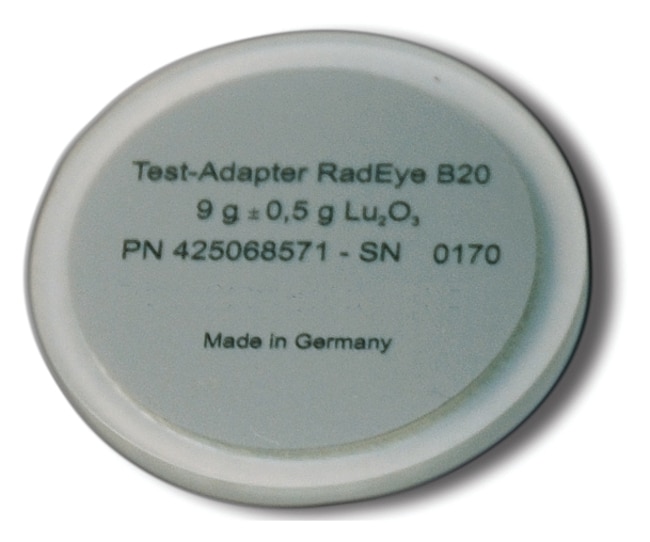
**IUPAC Updates Standard Atomic Weights of Gadolinium, Lutetium, and Zirconium**
The International Union of Pure and Applied Chemistry (IUPAC) has recently revised the standard atomic weights of three vital elements—gadolinium (Gd), lutetium (Lu), and zirconium (Zr)—after a thorough examination of their isotopic abundances. This update embodies advancements in the precision of isotopic measurement technologies, enabling more accurate portrayals of the natural variations of these elements.
### Revisions on Atomic Weights
The elements that have been amended are crucial in numerous technological applications, making precise knowledge of their atomic weights imperative:
– **Gadolinium (Gd):** The atomic weight has been marginally adjusted from *157.250* to *157.249*.
– **Lutetium (Lu):** Its atomic weight has changed from *174.9668* to *174.96669*.
– **Zirconium (Zr):** The update has led to its atomic weight being modified from *91.224* to *91.222*.
While these alterations may appear minor in numerical terms, they hold considerable significance within the realm of high-precision chemical measurements and calculations, illustrating the importance of isotopic data in guaranteeing accurate representation of elemental properties.
### Importance of These Revisions
Atomic weight is defined as the weighted average of the atomic masses of an element’s naturally occurring isotopes, with each isotope weighted according to its relative abundance. Isotopic compositions can slightly differ based on the source or sample of the element, yet IUPAC designates standard atomic weights as universally recognized references for scientific communication and applications.
These revised values emerge from ongoing research and remarkable improvements in measuring the mass and prevalence of isotopes. Accurate measurements are crucial for scientists and engineers who depend on this data for practical purposes, such as determining the quantity of a substance or predicting chemical reactions in complex processes.
### Historical Context
The newly updated standard atomic weight for **gadolinium** is especially significant given that the element’s value had remained constant since *1969*. Earlier evaluations were derived from isotopic data from studies initiated in the *1940s*. Recent assessments of gadolinium’s natural isotopic abundance have yielded more detailed information, leading to the revised atomic weight.
For **lutetium** and **zirconium**, the updates are similarly noteworthy. Lutetium’s atomic weight was most recently reviewed in *2007*, while zirconium’s had not been revised since *1983*. Each update reflects newly obtained data that more accurately represents the natural isotopic compositions found in the Earth’s crust.
### IUPAC’s Role in Standardization
IUPAC acts as the global authority for maintaining consistency in chemistry-related standards, including atomic weights. Routine updates are managed by IUPAC’s *Commission on Isotopic Abundances and Atomic Weights* (CIAAW). This committee supervises the regular review and correction of these values, guided by the latest and most accurate information regarding isotopic compositions.
The updates for these three elements—gadolinium, lutetium, and zirconium—are part of an ongoing initiative to enhance the accuracy of values as new discoveries are made. The revised atomic weights provide improved precision for scientific, industrial, and academic usage.
### Technological and Industrial Significance
The so-called “technology-critical elements” (TCEs) such as gadolinium, lutetium, and zirconium hold substantial technological importance:
1. **Gadolinium (Gd):** Extensively utilized in magnetic resonance imaging (MRI) due to its magnetic properties, gadolinium also has applications in materials science and nuclear reactors.
2. **Lutetium (Lu):** Finds usage in PET (positron emission tomography) scanners and targeted radiation therapies for cancer treatment.
3. **Zirconium (Zr):** Essential in various industries, zirconium compounds are employed in nuclear reactors because of their low neutron absorption cross-section, in biocompatibility applications, and in high-temperature ceramics.
Ensuring precise atomic weights is crucial for maximizing the utility of these elements in such applications.
### Final Thoughts
The IUPAC’s revisions of the standard atomic weights of gadolinium, lutetium, and zirconium emphasize the ongoing enhancement of scientific measurement standards. Though the numerical adjustments may be minimal, they reflect substantial progress in isotopic measurement accuracy and furnish scientists with better data for conducting experiments and applications across a multitude of disciplines. Ultimately, technology and industry will reap the benefits of these improved values, facilitating more precise work with these essential elements.
For additional information on the IUPAC revisions, please refer to the official announcement on their [website](https://iupac.org/standard-atomic-weights-of-three-technology-critical-elements-revised/).